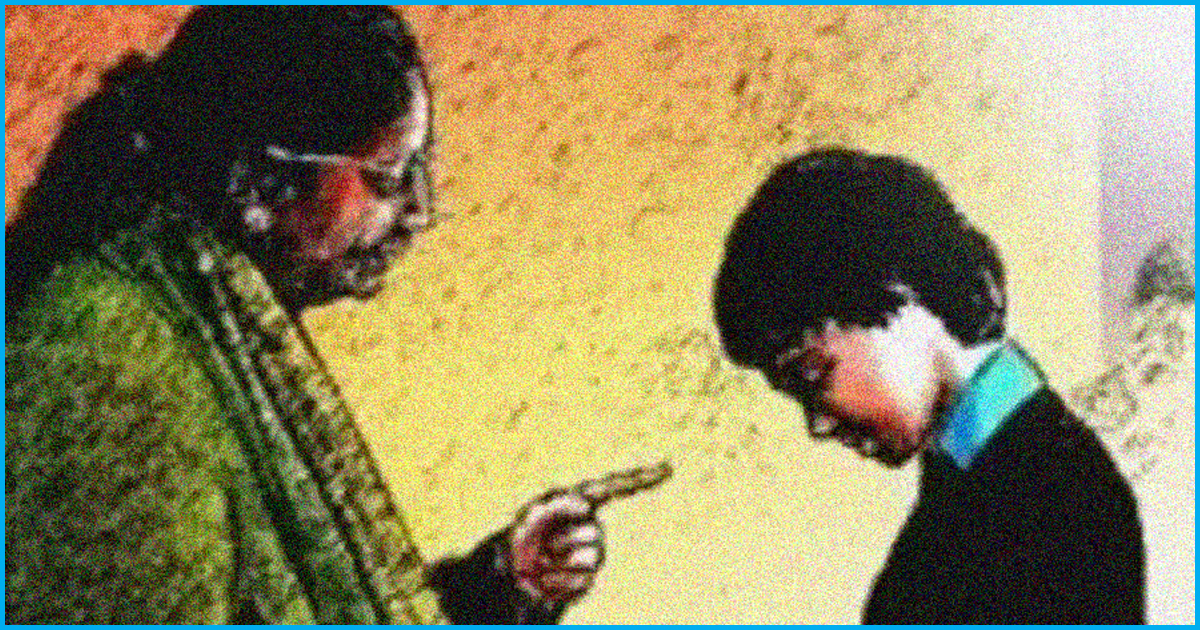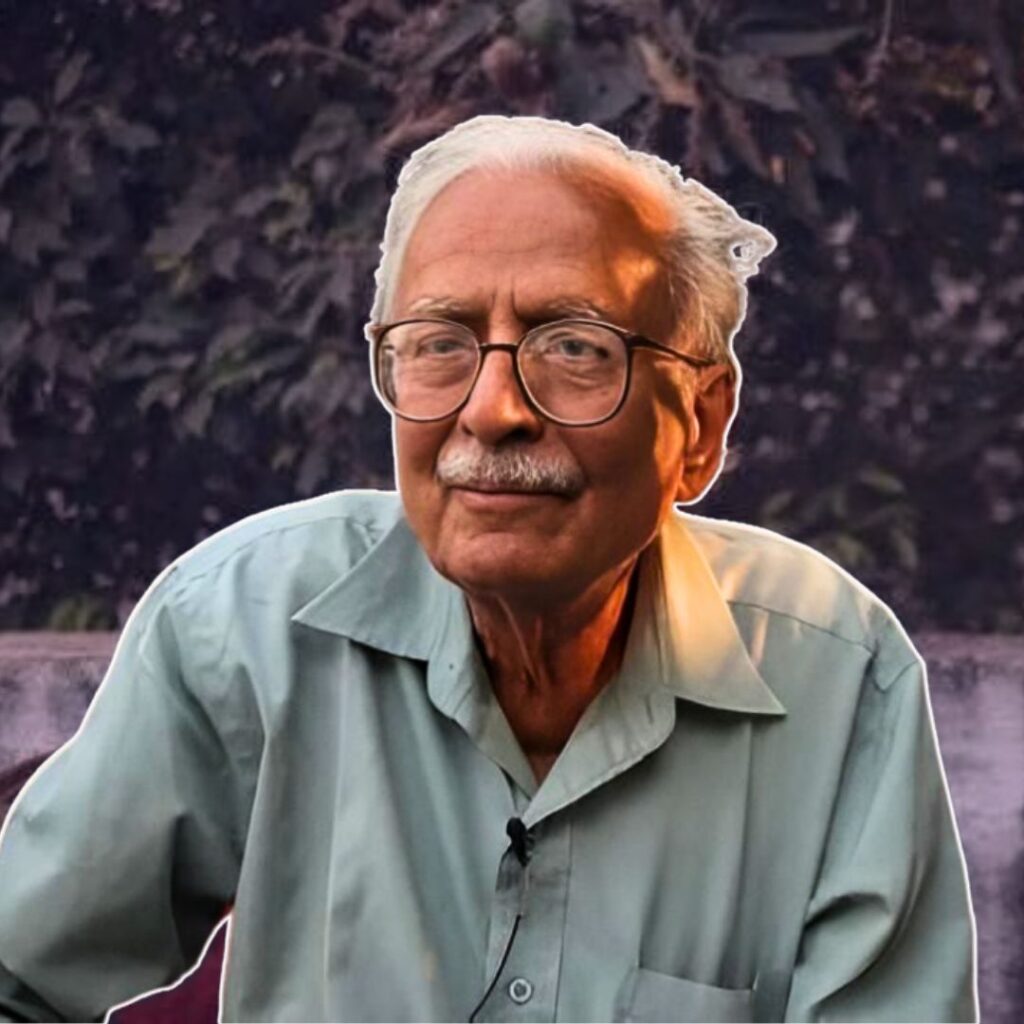When a vehicle brushes past ours, we give a stare. That stare turns into a verbal-duel and even a fist-fight too often. When a team member doesn’t perform, we do not guide; we penalise. As performance decreases further, we humiliate and terminate. We fight with our neighbours, many times on trivial issues. Militarily stronger states do not hesitate to fire missiles and invade sovereign territories, completely relying on hunches; not reasoning. To build roads, we vehemently cut trees. To build broader roads we kill forests. 2018 Global Peace Index (GPI) highlights that the global level of peace has deteriorated by 2.38 per cent since 2008; revealing a world full of unresolved tensions, conflicts, and crises.
Who’s responsible? Each one of us. Each one of us is becoming more and more temperamental. We are the cause, and we are the sufferers in this ever-strengthening cycle of violence. This vicious cycle does not begin when we lend our first slap, rather when we receive it as a child. As we get more mental harassment and physical beatings, we internalise violence as acceptable social behaviour, which leads to the perpetuation of the vicious cycle.
Violence against children is on the rise. News channels and social media are always overflowing with videos of such cruel acts. Agrasar, has recently published a research report titled “Choking Childhood – School Corporal Punishment” that highlights the experiences of Gurugram’s disadvantaged children with school corporal punishment, and the risk factors that make them vulnerable. In our interview with among 521 children, 80% said they are punished at school, half of them on a highly regular basis. Through our research we learnt that teachers punish their students for normal child-like behaviour, like going to the bathroom, talking in class and during breaks, asking their friends questions about the subject, running around the schoolyard, fighting with other children, changing seats to sit next to friends, dancing, playing and crying. Parents at home are found to be no different.
Academic and clinical research, conducted by medical practitioners, and child development experts over the world during the past five decades, has proven that any form of corporal punishment, including scolding, is harmful to children. Latest among them is the recently published study by the University of Michigan(2018) on how spanking is related to child well-being in low and middle-income countries. This study uses data from 215,885 children in 62 countries from the fourth and fifth rounds of UNICEF’s Multiple Indicator Cluster Surveys to examine the relationship between spanking and child well-being. Results from multilevel models show that reports of spanking of children in the household were associated with lower scores on a 3-item socio-emotional development index among 3 and 4-year-old children. Country-level results from the multilevel model showed 59 countries (95%) had a negative relationship between spanking and socio-emotional development. The overwhelming evidence leaves no room for doubt that corporal punishment by teachers undermines the wellbeing and education of children, and their ability to become functional and successful adults in later life. Corporal punishment causes toxic stress in children which can lead to an alteration of their brain structure during early childhood that negatively affects their cognitive and language abilities, socio-emotional development, and mental health. Maltreatment during childhood also correlates with adverse health outcomes and chronic diseases in adult life, e.g. heart disease, cancer, chronic lung disease, obesity or high blood pressure.
In addition, corporal punishment lowers the self-esteem of children and makes them more likely to experience psychological disorders as young adults, such as depression, anxiety, eating disorders, and suicide attempts. They are also at increased risk to other mental health problems including post-traumatic stress disorder, learning and attention deficits, and memory difficulties.
Corporal punishment correlates with behavioural problems and delinquency during childhood and adolescence. Children subjected to it are more likely to face problems such as alcoholism and drug abuse, display criminal behaviour and commit violent crimes as adults. Bullying behaviour is associated with corporal punishment at home and at school. Physical and emotional abuse by school teachers does not teach children how to manage conflicts and frustration peacefully, which often makes them unable to maintain healthy intimate or parenting relationships in adulthood.
Such violence also undermines their education by lowering the quality of teaching, students’ motivations and aspirations, and the quality of educational outcomes. Punishment discourages children’s intellectual curiosity, their creativity and explorative spirit to try new things. Instead, it leads to conformist behaviour that has the only objective to avoid pain and stay under the teacher’s radar, which is the opposite of active involvement and participation in the classroom. Reflexive aggression or withdrawal, which are the frequent immediate response of children to corporal punishment, reduces their capacity to absorb teaching content and makes it more difficult for the teacher to manage the classroom.
Corporal punishment undermines healthy and trusted relationships of children with their parents and teachers. As per Agrasar, out of fear to be punished, only 12% always tell their parents about beatings at school. When children stop sharing negative experiences with their parents, it adds to the “culture of silence” around violence and makes them vulnerable to fall prey to other forms of abuse.
The fear and stress caused by corporal punishment are among the main reasons why children do not like going to school or suffer from school-phobia, in many cases leading to school dropout and low retention rates, especially of secondary schools. Children who receive or witness corporal punishment also have significantly lower academic scores, as was found by a study conducted by Young Lives in 2015.
Scolding or thrashing children does not provide students with any guidance on how to do better next time. It does not communicate why an adult is not happy with a certain result or situation, what they expect instead and how the child should act in order to meet their expectations. Corporal punishment makes children feel humiliated and ashamed of themselves, to the point where they would not admit to it, but only tell that “the other kids” have received it. It instils fear in children and makes them afraid of school and develops negative associations with school and education
Corporal punishment undermines healthy and trusted relationships of children with their parents and teachers. Out of fear to be punished, the majority of them does not share negative experiences with parents, which adds to the “culture of silence” around violence and makes them vulnerable for other forms of abuse
When we beat a child, we are also on the wrong side of the law. In 1992, India acceded the United Nations (UN) Convention of Rights of the Child 1989 that bans school corporal punishment and requires the government under article 28(2) to ensure that “school discipline is administered in a manner consistent with the child’s human dignity.” In addition, Sustainable Development Goal 16.2 demands to end “all forms of violence against and torture of children.” In 2000, the Delhi High Court concurred that under Article 21 of the Indian Constitution, which guarantees a life of dignity free from cruelty and physical violence, “corporal punishment is not keeping with child’s dignity. Besides, it is cruel to subject the child to physical violence in school in the name of discipline or education. (…) Subjecting the child to corporal punishment for reforming him cannot be part of education.” The right of Children to Free and Compulsory Education (RTE) Act 2009, which determines that “no child shall be subjected to physical punishment or mental harassment.”
Above every other consideration is the fact that beating a child undermines her dignity. In 2000, the Delhi High Court concurred when it decided that under Article 21 of the Indian Constitution, which guarantees a life of dignity free from cruelty and physical violence, “corporal punishment is not keeping with child’s dignity. Besides, it is cruel to subject the child to physical violence in school in the name of discipline or education. (…) Subjecting the child to corporal punishment for reforming him cannot be part of education.”
The only outcomes that children take away from corporal punishment are disrespect, violence and the feeling of helplessness. They internalise these takeaways and replicate them in their own behaviour towards others, adding not only to the growing extent of bullying among students but also to the spiralling violence in India and the increasing number of violent acts committed by children. If we want to break that cycle, we need to teach our children how to navigate conflicts peacefully. The first step necessary to this end is to stop beating them.
About the author: Prerit Rana is the co-founder and CEO of the NGO Agrasar, which works with disadvantaged communities in India to further equitable access to safe and enriching education opportunities for children.











